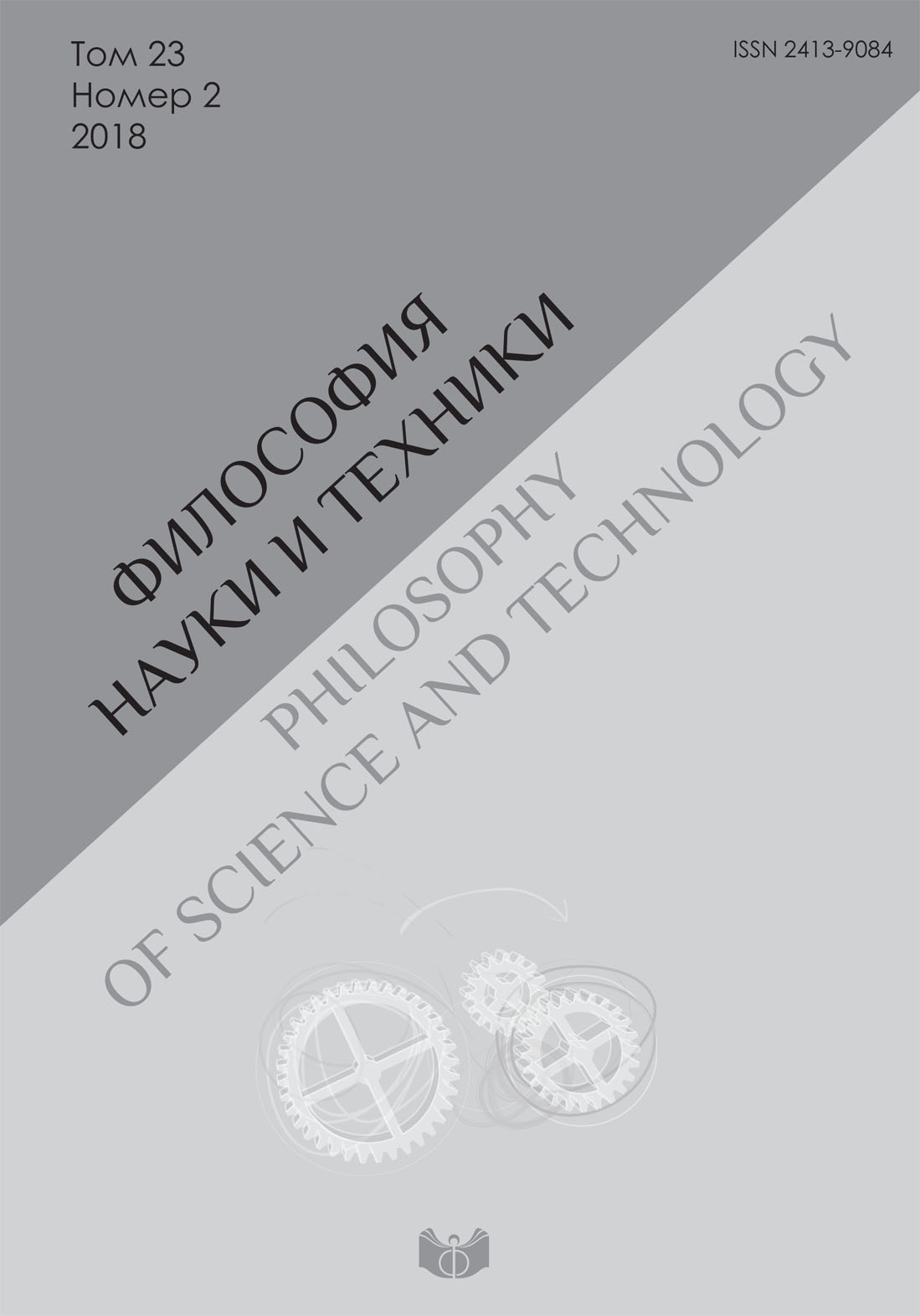Натурфилософия и эпистемология вкуса в Индии: вайшешика и буддизм
DOI:
https://doi.org/10.21146/2413-9084-2018-23-2-23-35Ключевые слова:
вкус, раса, индрия, атман, восприятие, сознание, субъект, натурфилософия, метафизика, эпистемология, буддизм, абхидхарма, вайшешика, Прашастапада, Васубандху, «Абхидхармакошабхашья»Аннотация
В статье исследуются представления о вкусе и его восприятии в двух школах индийский философии – вайшешике (по тексту «Прашастапада-бхашья» Прашастапады, VI в.) и школе буддийской абхидхармы (по тексту «Абхидхармакошабхашья» Васубандху, IV–V вв.). Эти школы объединяют атомистические представления о природе первоэлементов (земля, вода, огонь, ветер). В статье показано, что их подходы радикально различались по двум параметрам: трактовке субстанции и трактовке субъекта восприятия. Вайшешики в анализе первоэлементов следовали, во-первых, метафизическим представлениям о субстанциях (дравья), состоящих из атомов, наделенных качествами (гуна) и движениями (крия), как основе материального мира, во-вторых, натурфилософской схеме тело-орган-объект. В представлениях же о восприятии вкуса они руководствовались доктриной атмана (неизменной души) в качестве субъекта познания. В натурфилософии абхидхармы атомы скорее феноменальные свойства, чем субстанции, а в эпистемологии субъект восприятия вкуса представляет собой не атман (существование которого отрицается), а вкусовое сознание (джихва-виджняна). Орган вкуса (индрия) соразмерен своему объекту по количеству атомов, чем объясняется возможность для вкусового сознания воспринимать вкус пищи. В буддизме вкус как таковой считается источником привязанности к удовольствиям, препятствующей духовному прогрессу, поэтому его относят к опыту, характерному для «мира желаний» (кама-дхату), который адепт буддизма призван преодолеть. Хотя обе школы встраивают свои учения в сотериологическую перспективу (достижение освобождения от сансары), подход вайшешики больше опирается на метафизику (перспектива от третьего лица), тогда как буддизм абхидхармы больше сфокусирован на систематической интроспекции и классификации факторов индивидуального опыта, способствующих возникновению страдания, способов их нейтрализации и преодоления (перспектива от первого лица).









 Институт философии РАН
Институт философии РАН